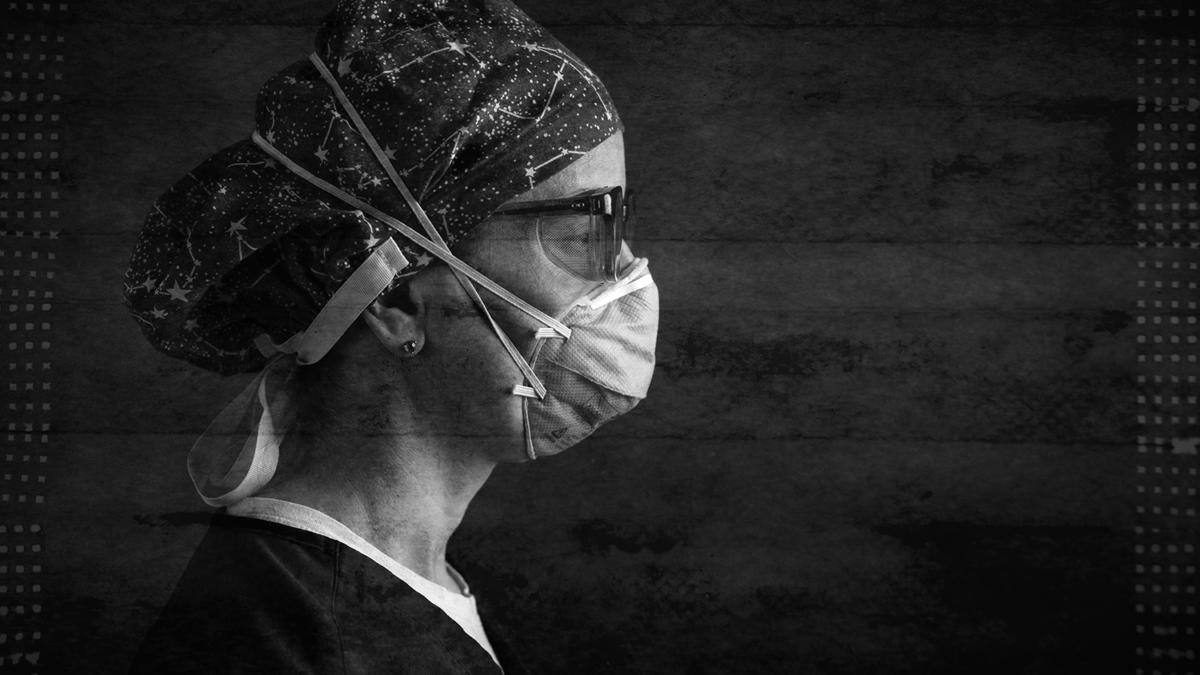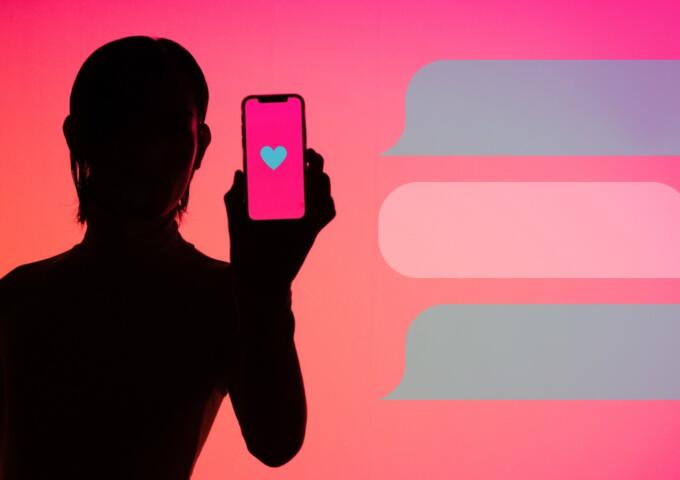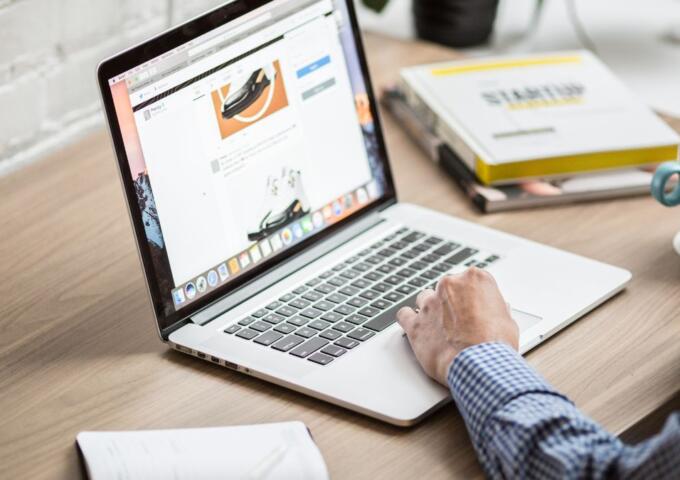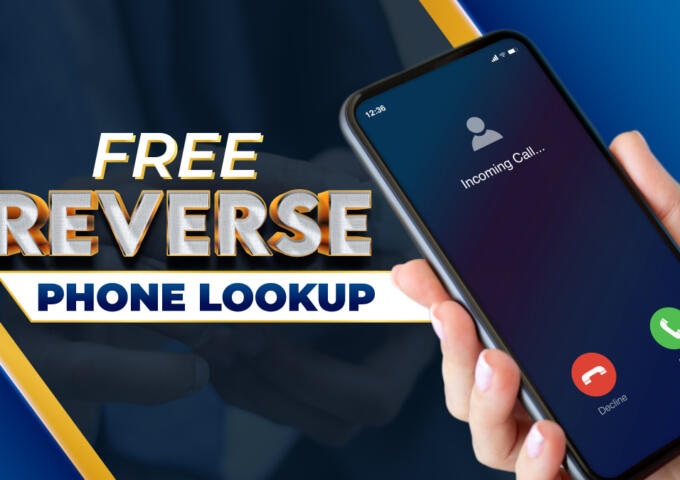Inevitably, when everyday items we use now are looked at as relics, we’ll be asked, “What did you do during COVID?” I wanted to have an answer. So in March of 2020 I started working on an oral history told by the people on the front lines, standing between me and SARS-CoV-2.
The grim reality of COVID-19’s plans for Philadelphia became obvious at that time. Schools and businesses sent workers home, and hand sanitizer, toilet paper and surgical masks were gone from store shelves. On March 23, Mayor Jim Kenney issued a “Stay at Home” order, and we closed our doors and waited.
We waited and our hopes were with the people who were out beyond the walls, fighting the virus and keeping us alive. It became readily apparent who the essential workers were, and I wasn’t one of them.
The prospect of doing nothing – even though I knew, intellectually, that the most valuable thing I could do would be to sit at home, watch Netflix, and finally read that stack of books on my nightstand – weighed heavily on me. On top of feeling powerless I felt useless. So, in the first months of 2020, I was talking to people.
In retrospect, I was having a conversation with people who were at a breaking point – and we had no idea that there was still so much more breaking still to come.
For this project, I got a help from the Mayor’s Office, Streets and Health departments, and others who were as eager as I to collect stories. Many of the subjects, but not all, are healthcare workers in part because they were seeing this so closely and experiencing both the initial tragedy of the outbreak and, eventually, the tragedy of our careless behavior.
Margaret was the first nurse I photographed: three days after lockdown. I asked her to bring her mask because I wanted to show that the job she was doing was dangerous and required its own armor and also, at that point, most people hadn’t seen a real surgical mask yet. Margaret didn’t have a mask — well, she had one, but it was at the hospital in a paper bag in her locker.
She said that she was taught to never reuse a mask. Now, she was being told to use the same one for a week.
How safe was it? Who knew?
Nobody knew a lot of things. At this point her hospital hadn’t gotten their first COVID patient, but they were getting ready, and Margaret volunteered for the assignment because she lived alone and she figured she’d be less of a risk to others if she got sick. She seemed like she was resigned to something long and terrible happening. Those were days of quiet panic.
Margaret was the first, and last, person I photographed where at least one of us wasn’t wearing a mask.
While I was doing these portraits, I was also collecting discarded surgical masks and photographing the inner non-woven layers – the extruded fabric that’s supposed to catch the things you don’t want in your lungs. I was fascinated in thinking that there might be a dead coronavirus in there. And I started printing the portraits through those mask layers, because that’s how we were all seeing one another.
After I photographed people, I checked in regularly with them. I’d just say “How have things been?” and sometimes they’d talk for an hour or more without me saying a word.
They told me things they didn’t tell other people. They told me things their families didn’t want to hear about or that their colleagues were tired of talking about. They told me things they were proud of, moments that fell by the wayside, things that hurt or were difficult, things that frustrated them, and things they were ashamed of.
I talked to nurses who were demoralized by watching people die all day long for months on end. I talked to nurses who got COVID themselves. I learned how difficult their jobs became. That it was a job people loved, a job that was now impossible.
Photographers, like writers, tell stories.
I felt it was important to amplify these voices in part because I saw so many of my friends weren’t hearing them. Instead, hey quickly tired rapidly of social distancing and started going to parties and hanging out with friends, catching COVID – again and again.
I’m grateful that these people trusted me with their stories. And I’m grateful to the Philadelphia Weekly for sharing them with you. I hope you’ll put this issue in the trunk in your attic so that in 40 years, whoever’s looking through it will find the voices of these people who fought to keep us all safe and realize what they sacrificed because we demanded it of them.
And when someone asks what I did during COVID, I’ll say I listened.
-Kyle Cassidy, March 2022
Alexandra
is an Emergency Room nurse in the Greater Philadelphia area treating COVID-19 patients.

Photo: Kyle Cassidy
MAY 20, 2020 — DAY 60 OF STAY-AT-HOME ORDER
Back in February you heard about coronavirus, but it was far away, in Seattle or in China, I didn’t think about it much. I think everyone would agree. And then it got real. And by the end of March … I’m trying to choose my words carefully … I would say, personally, in my own opinion, it was like a clusterfuck nationally. There was no information. There were so many unknowns. Everybody’s flying by the seat of their pants, trying to make the best decisions they can with the information that they have, which is: nothing. And how good of a decision can you make about policies and institutional response when you have no information?
JANUARY 6, 2021 — 288 DAYS AFTER THE STAY-AT-HOME ORDER
The ER is one of those places in our society where people come to die. And I think we all knew that before the pandemic — that was something we were used to. People die in the ER a lot. But what I think it’s very sad is that a lot of times we would send someone up to the ICU, who was very critical, and you always think about them because you’re talking to their family and later you think, “I wonder what happened to that person?” And it used to be, before COVID, that you’d look them up, and and see “going to rehab” or “getting better”. And you think, “Oh, that’s good!” Now you look them up and it’s just like dead, dead, dead, dead — everyone you took care of that you sent to the ICU ends up dead.
Elijah, Zack and Deloy
work for the Philadelphia Streets Department
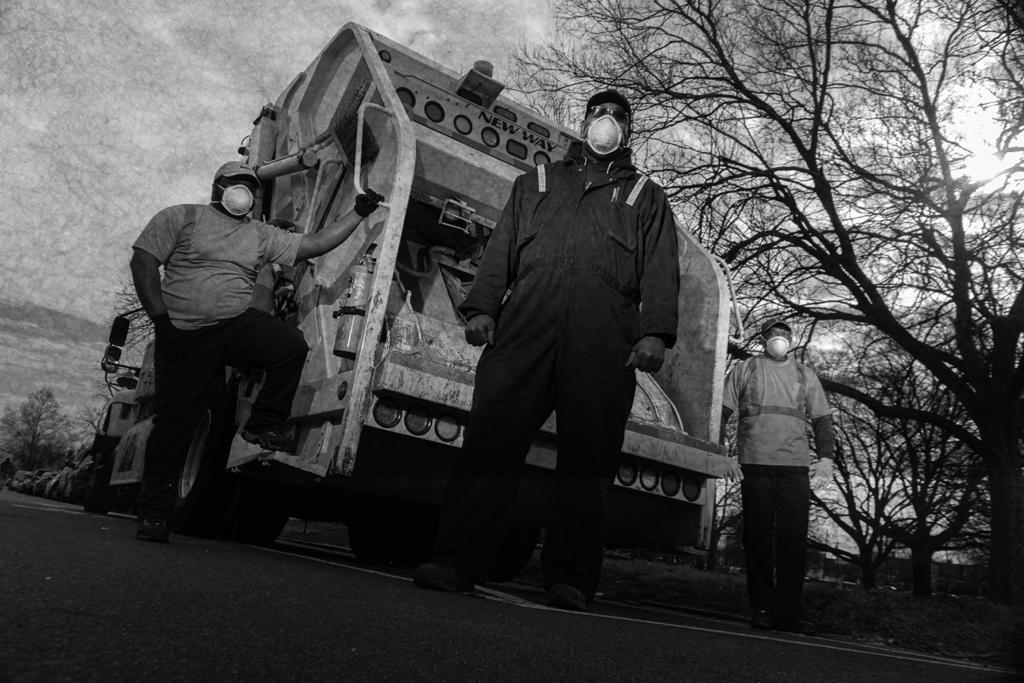
Photo: Kyle Cassidy
MARCH 27, 2020 — DAY 6 OF STAY AT HOME ORDER
“Our day starts at 5 am.”
Matthew
is a psychiatric nurse in the Greater Philadelphia area treating COVID-19 patients.

Photo: Kyle Cassidy
May 29, 2020 — DAY 68 OF THE STAY-AT-HOME ORDER
People are still getting sick. There’s a lot of sick people. Our patients are still coming in. There’s more testing, but people are still getting sick. You can still get sick, your family can still get sick and people are becoming less and less careful. At first we were super careful.
Now they’re just out of fucks. So when everyone’s out of fucks, that’s how people get sick. People don’t want to hear it, either. The people who don’t want to hear about wearing masks are just out of fucks.
Linda
is an ICU nurse in the Greater Philadelphia area treating COVID-19 patients.

Photo: Kyle Cassidy
MARCH 30, 2020 — DAY 7 OF STAY-AT-HOME ORDER
The other day a patient of mine was dying and I kind of lost it at the end of my shift, and two of the other nurses took me in another room and hugged me and said, “It’s ok. We’ll wash our hands later.” Everyone is scared. We don’t want to get sick. We’re only as effective as we are healthy. If we’re not healthy we’re not helpful. And we don’t really know what’s coming. They keep talking about us peaking and getting full, but we’re already full. Our beds are full — I don’t know how much more full we can get.
NOVEMBER 21, 2020 — 243 DAYS AFTER THE STAY-AT-HOME ORDER
Not being able to breathe seems to me to be the worst. I think I could have a fever, and I could be fatigued or whatever, but not being able to breathe seems traumatic. Especially when you know you’re actually breathing, but it’s not doing anything. It feels like your mouth is covered — you’re actually breathing in and out of your nose and your mouth but it feels like no oxygen is like getting in.
A lot of them then develop pneumonia and it takes a while to come back from that. If they’re in the hospital, they get respiratory treatments that open the airways, and steroids. So it can pass, but if it gets worse they usually end up on a ventilator.
But these people who think they’re dying, they’ll just talk about their families, or sometimes they’ll just cry. Sometimes I have to just sit on the bed with them or hold them and I’ll say, “Do you want to call your wife or someone?” or I’ll tell jokes.
But sometimes they *are* going to die and that’s not something I ever lie about. But if I’m pretty sure they’re not going to die I’ll always say something like “Look how calm I am. If you were actually dying, I would be running to get people.” Sometimes that helps.
And sometimes people say “I’m dying” — and they are. And I just say, “I know. Do you want me to stay here or do you want to be alone?” If they have a family I’ll ask if they want me to call their family. Or I’ll say, “But you’re here right now and I’m going to take care of you.”
Jose Caraballo Jr.
Jose is a Harm Reduction Specialist with the Philadelphia Department of Public Health.
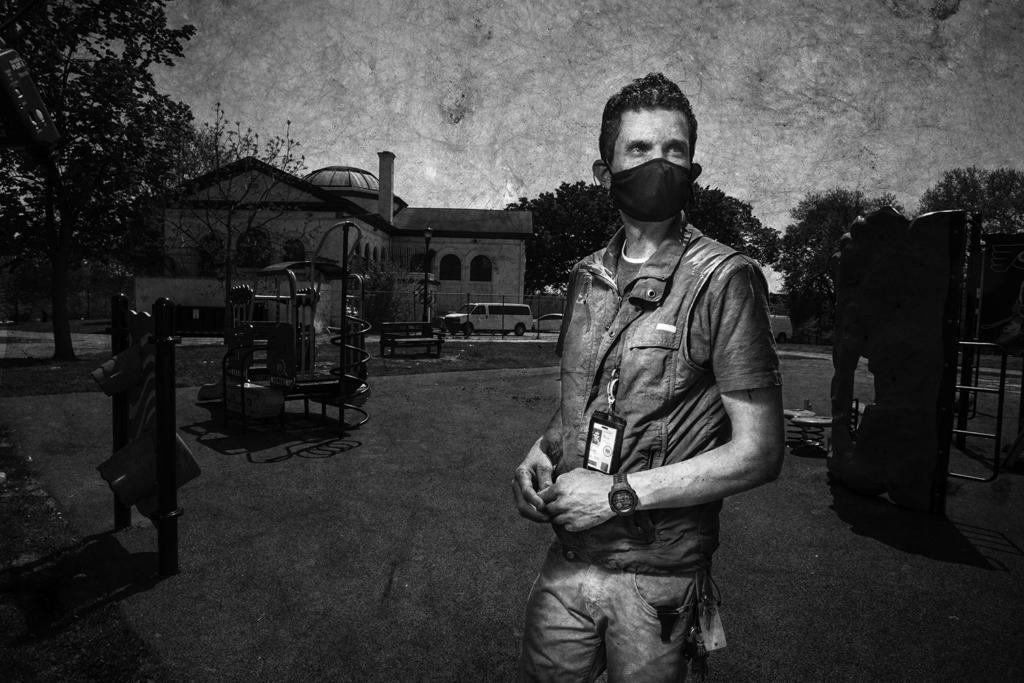
Photo: Kyle Cassidy
APRIL 29, 2021 — 403 DAYS AFTER THE STAY-AT-HOME ORDER
I strip down outside when I got home, I put my clothes in the wash, I run upstairs and clean myself thoroughly, and even with that I feel eerie about it and about being around my kids because a lot of my work is field work and I’m around people who might be positive. But the fact is that as much as I was concerned about myself, at that moment I put myself last because I’m concerned about that person and making sure that they have a fighting chance. Making sure they are safe. Making sure they are not alone, and have someone there who cares when they wake up.
Carla
is an ICU nurse caring for COVID-19 patients in the Greater Philadelphia area.
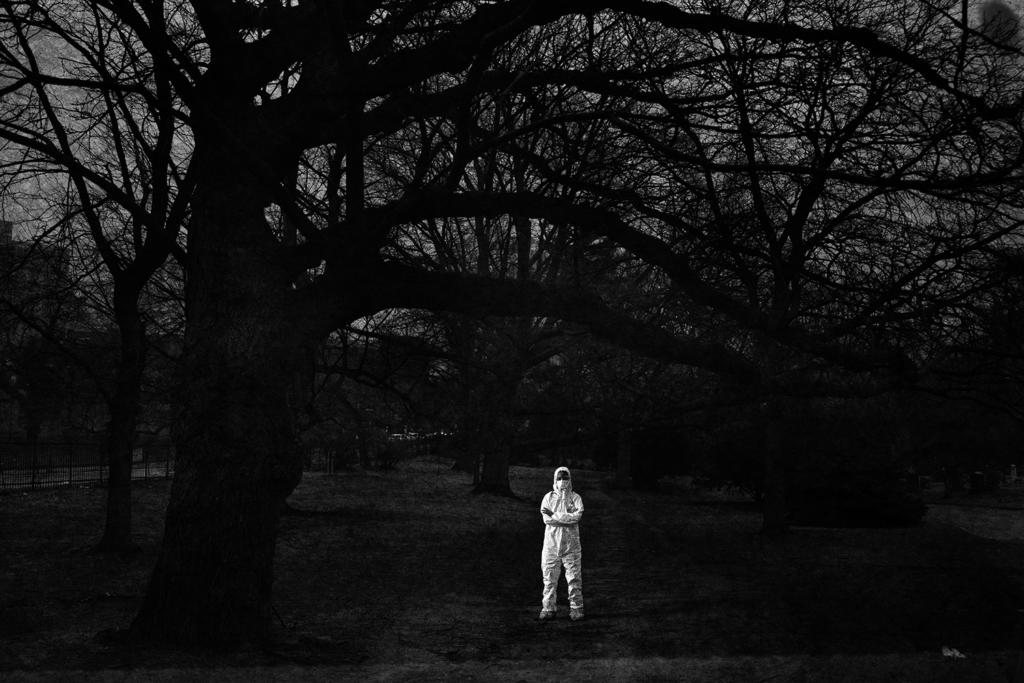
Photo: Kyle Cassidy
JANUARY 24, 2021 — 307 DAYS AFTER STAY-AT-HOME ORDER
We were seeing people come in who were just so sick and we were using masks that were old. We were getting masks from the government that were breaking and weren’t protecting us, and we’re healthcare professionals who know what we’re supposed to do. We’re taught as nurses how often you change masks and when you need gowns, and we weren’t doing that. We knew that not only could this make us sick, it could harm our families, our children, our parents … So my mom, my aunts, I had to stay away from them just to keep them safe and to this day, I haven’t given my mom a hug in almost a year.
Kishia
is a shopper for the shopping and delivery service Instacart.
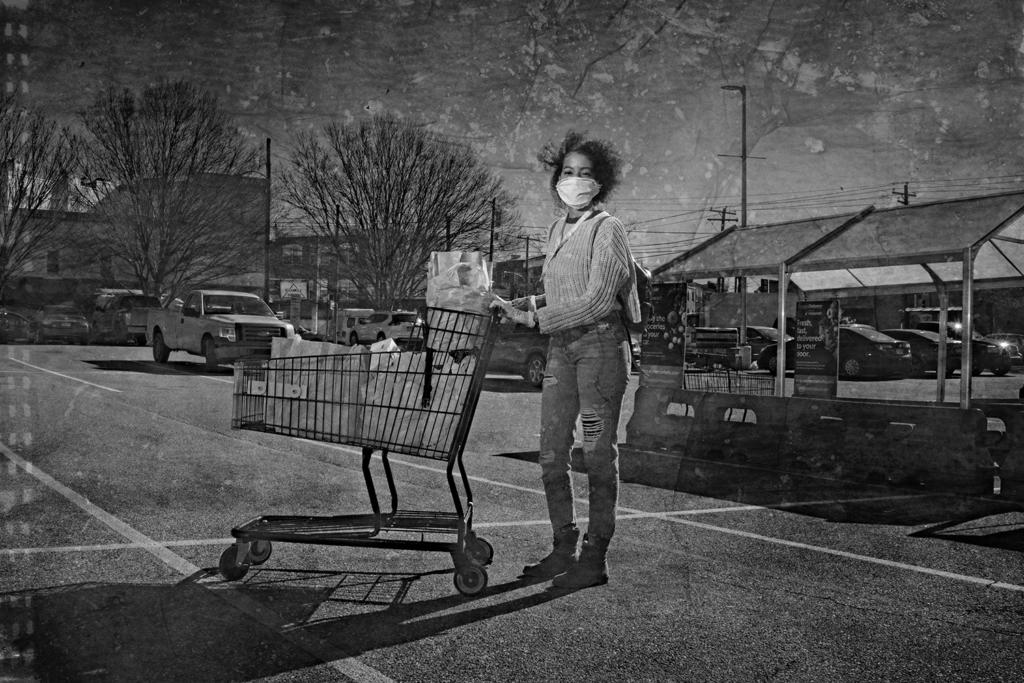
Photo: Kyle Cassidy
APRIL 2, 2020 — DAY 12 OF STAY-AT-HOME ORDER
Since everybody’s been sequestered at home in quarantine, delivery has been shut down, so the only option customers have is to pick up in stores. We shop for your things, and then you come to the store and we bring it out to your car. It’s very, very crowded in that store. They have a whole bunch of social distancing signs saying things like “stand here” but a lot of people don’t abide by that and a lot of people just get close to you.
MARCH 15, 2021 — 246 DAYS AFTER THE STAY-AT-HOME ORDER
Doctors and nurses in hospitals, of course I’m scared for them. That’s terrifying for everybody in the hospital. But at least they have equipment and stuff. At first Instacart didn’t give us anything, and then when they gave us masks it looked like they cut it from a sweatshirt.
MARCH 10, 2022 — 718 DAYS AFTER THE STAY-AT-HOME ORDER
I did finally manage to catch COVID though, in the middle of January. I was working at the supermarket and they’re … not strict … about the mask policy. Customers will come in with no mask on and be told “Can you put your mask on?” and then they would, but they’d remove it, and that’s all they’d do. I think I caught it while I was working.
It wasn’t as bad as I thought it was going to be because I’m fully vaccinated, though not boosted. My throat was sore and my body was really achy. I didn’t have a cough or a fever or a stomachache or anything and my breathing was fine. So initially I thought it was just a regular cold, but I got tested and it came back positive. And the supermarket said they would pay me for the time I was out sick, and they did, but it was just a process, it was very stressful.
Things were OK at work, but now since the mandate has been lifted it’s very stressful. Today’s Thursday … they lifted it on Monday and people couldn’t wait to take their masks off. I went to work today and more than half of my co-workers aren’t wearing a mask and a bunch of customers weren’t either. It’s like COVID just isn’t a thing and people are just walking around coughing and sneezing without covering their mouths. It’s just very stressful.
Jamie R. Gauthier
is the Philadelphia City Councilmember representing the 3rd district.
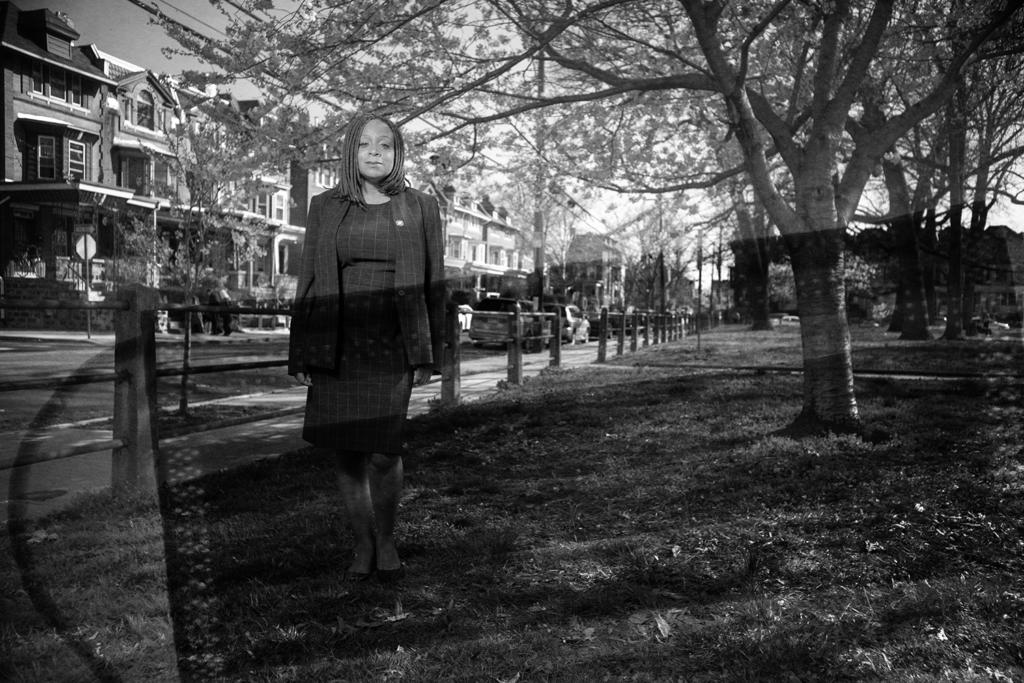
Photo: Kyle Cassidy
MARCH 26, 2020 — DAY 5 OF STAY-AT-HOME ORDER
City council is operating in this weird reality where we’re trying to support our constituents and meet their needs virtually, which is difficult because we know that lots of folks are not able to easily communicate virtually and don’t have regular access to technology. So, we’re in this space where we’re interacting with the folks that we can who are more connected and we’re also trying to find ways to interact with folks who aren’t as connected.
…
I feel that if I can learn to be a really good councilperson during this I can do just about anything. I’m trying to roll with the punches.
Anna
Anna is an ICU nurse in the Greater Philadelphia area.
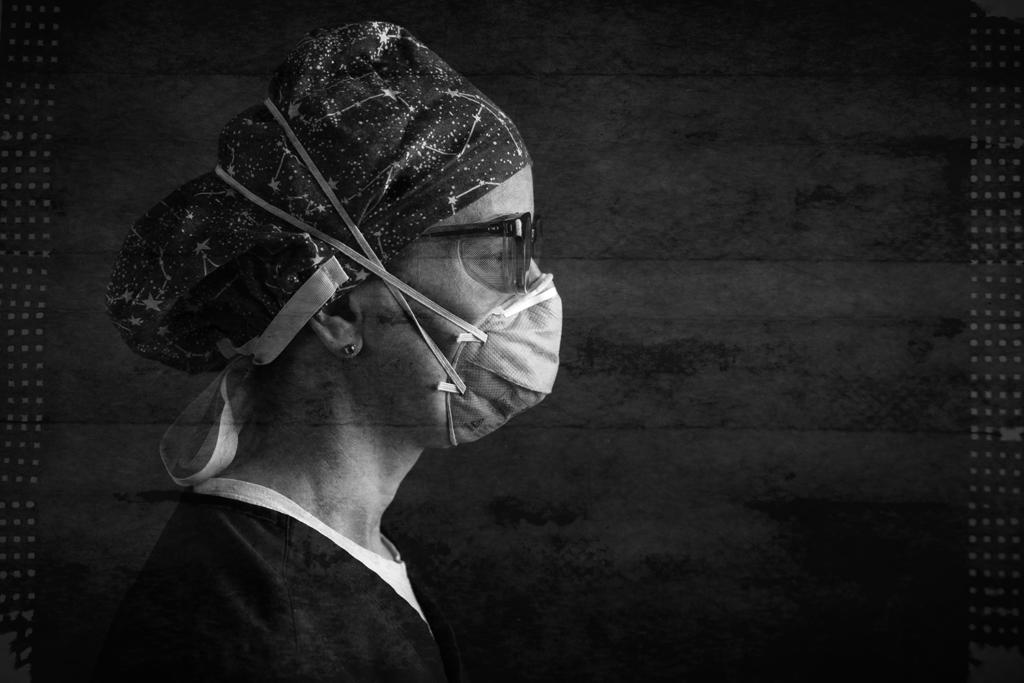
Photo: Kyle Cassidy
FEBRUARY 12, 2022 — 710 DAYS AFTER THE STAY-AT-HOME ORDER
It’s so easy to think about all the things that are making your life so difficult, not just inside the hospital, because you leave the hospital and then you have to deal with all the outside stuff that everybody else is dealing with also. You leave the hospital and every single one of those other stresses that are driving people to the brink are also there for you. And on top of it, you have people on the street and people in politics yelling about masks and public health procedures that they don’t know anything about.
